I got Higashimaru soy sauce's limited high-grade soy sauce 'Tatsuno no Toki' that can only be purchased once a year, so I tried it on sashimi and meat and compared it with other Higashimaru soy sauces.Review

Tatsuno no Toki is a soy sauce that Higashimaru
Higashimaru soy sauce mail order / Tatsuno no Toki
https://shop.higashimaru.co.jp/products/list?category_id=22
Tatsuno No Toki's package looks like this. Tatsuno No Toki comes in two bottles and six bottles, but this time I bought the six bottles.

Tatsuno No Toki was in a box one by one.
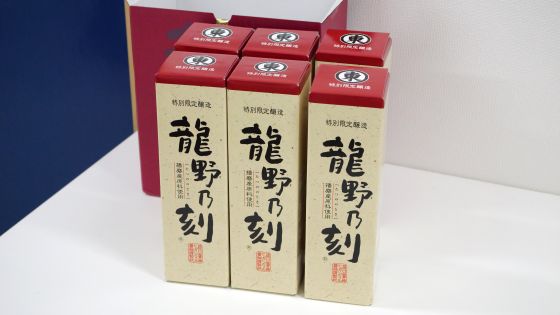
The name and ingredients are written on the side of the box. Ingredients are rice, salt, soybeans, wheat, and wheat protein. And everything is made in Harima. You can see that they are particular about Harima, Hyogo, which is the home of Higashimaru soy sauce.
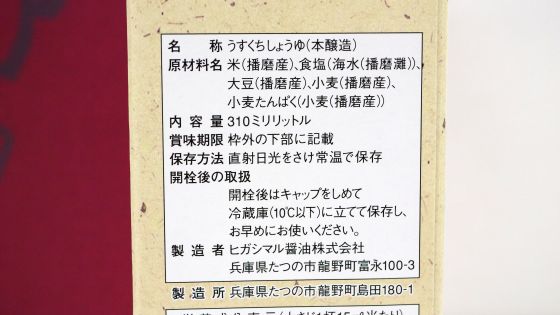
Salt content was 2.6g per 15ml.
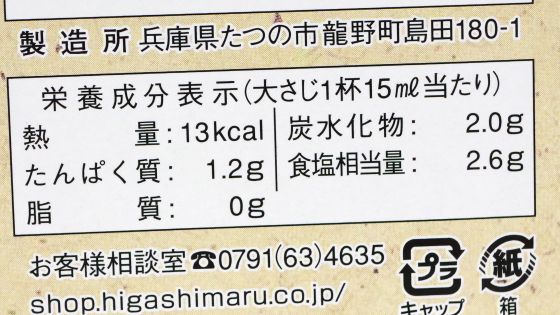
Unlike the Higashimaru soy sauce sold at supermarkets, Tatsuno No Toki comes in a glass bottle instead of a plastic bottle.
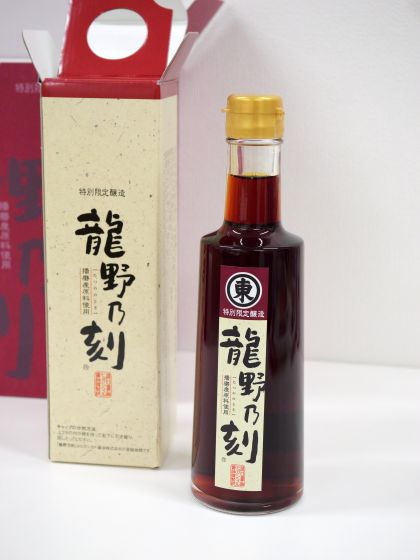
There was an expiration date label affixed to the back.
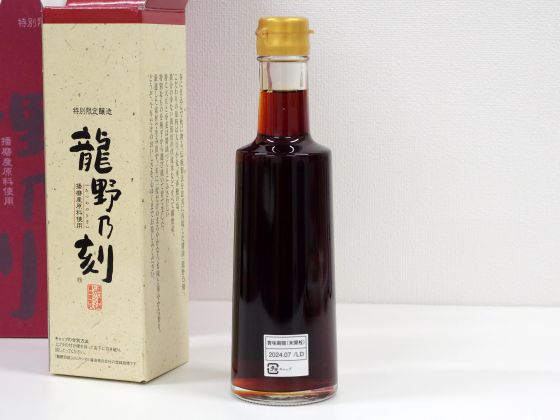
If you taste it as it is, you will notice a slight sweetness and umami as well as a salty taste. The texture is smooth and similar to regular light soy sauce. There is no special element such as ``it's creamy'' or ``it has moromi in it,'' and it's a fairly ordinary light soy sauce.
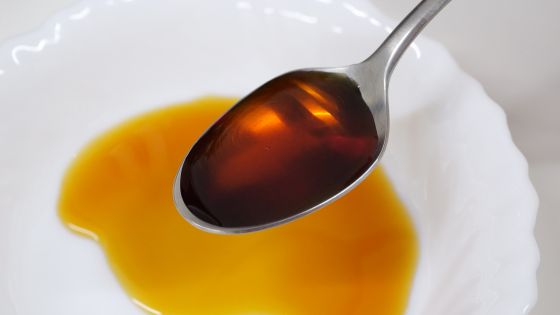
In order to see if Tatsuno No Toki's taste can be distinguished from other soy sauces, we will compare the taste with the same Higashimaru soy sauce's ``
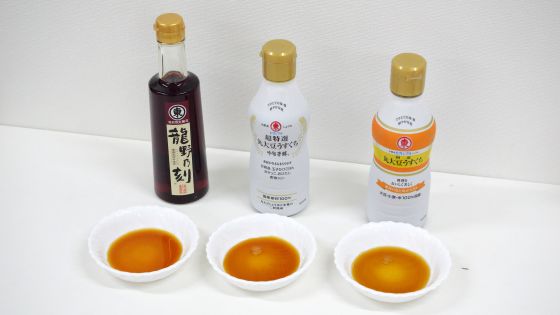
When several editorial staff tasted the soy sauce while concealing which soy sauce was used, they said, ``It's hard to tell which one is better or worse, but you can definitely feel the difference in taste.'' ``There's definitely a difference in the salt content.'' ``Only one thing... There is a soy sauce that tastes like alcohol.''
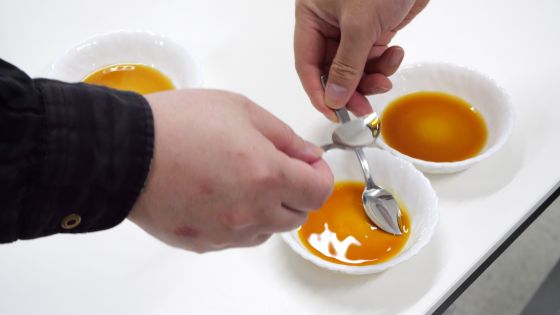
I bought a lot of fish and meat to compare the differences between Tatsuno No Toki and other soy sauces. There are five types of soy sauces to compare: ``Tatsuno Toki'', ``Super Special Whole Soybean Usukuchi Ginshun Bojou'', ``Domestic Whole Soybean Usukuchi'', ``
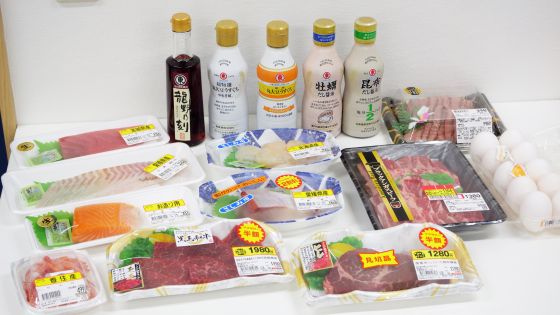
First, let's try salmon, yellowtail, tuna, sea bream, scallop, and sweet shrimp as sashimi.
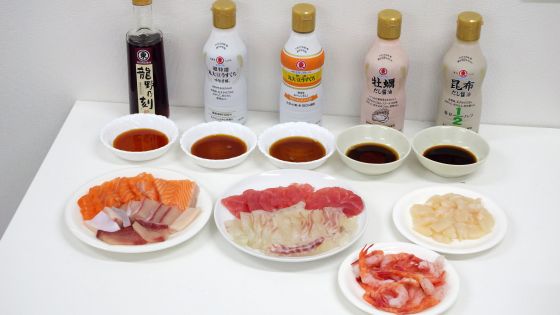
In the case of Salmon Toro, there was not much difference in taste between the three types other than dashi soy sauce. Since the salmon itself has a strong taste, it seems that the soy sauce is hidden in the background as a supplement to the salt content.

Perhaps because Buritoro has a lot of fat, the unique fermented flavor of soy sauce is emphasized, making it easier to tell the difference between soy sauces. Tatsuno no Toki gives the impression that it has a rounder taste with the edges removed compared to the super special round soybean usukuchi Ginshunrojo and the domestically produced round soybean usukuchi.
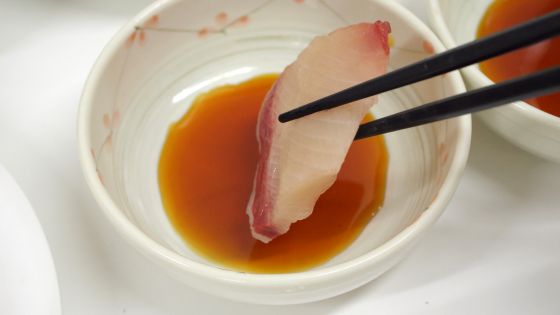
When comparing the tastes of tuna with soy sauce, the difference in the salt concentration of the soy sauce became noticeable. Tatsuno no Toki has just the right amount of salt, neither too strong nor too thin. On the other hand, the domestic whole soybean usukuchi felt salty.
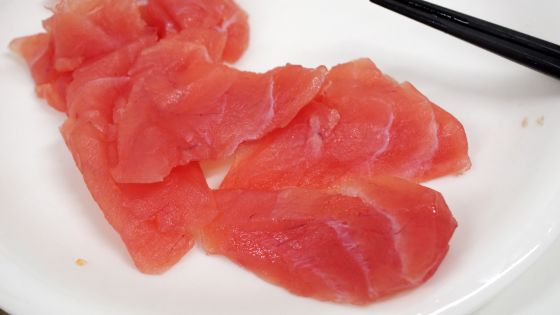
Like tuna, sea bream also has a clear difference in the salt concentration of soy sauce. Many of the editorial staff said, ``Tatsuno Notoki is the best fit.''
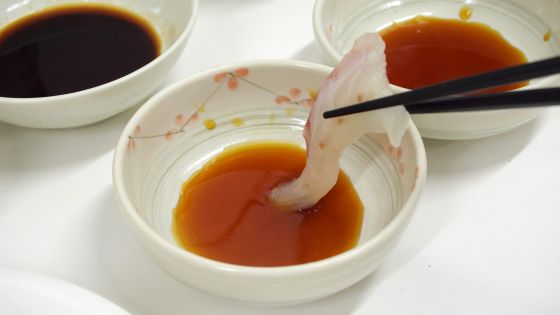
Amaebi has less fat and a strong sweetness, so the taste will change greatly depending on the amount of salt. Regarding sweet shrimp, many people commented that ``Tatsuno no Toki has just the right amount of salt.''
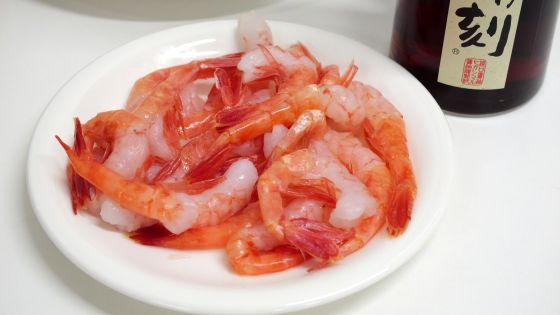
Scallop scallops have a similar taste to sweet shrimp, with a ``less fatty, stronger sweetness.'' For this reason, the compatibility with soy sauce is similar, and Tatsuno no Toki's moderate amount of salt goes well with it.
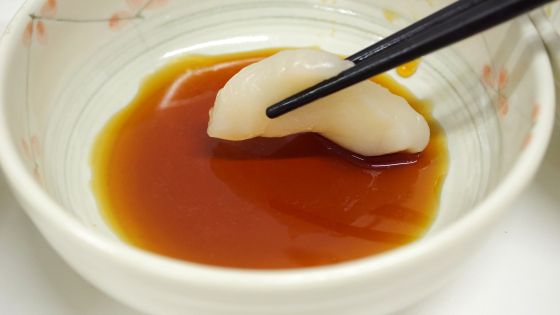
Next time I will check the compatibility with beef.
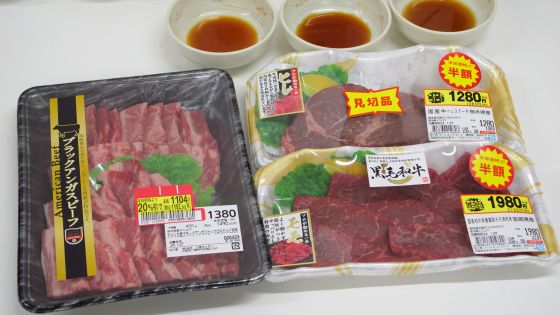
I'll start by grilling the short ribs since it's listed in the recipe on the official website.

Complete.
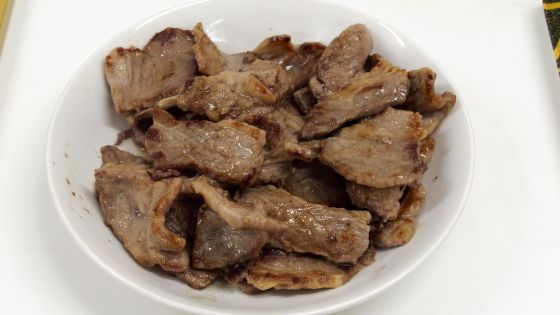
Kalbi is quite fatty and the meat has a strong flavor. You can enjoy the light taste by dipping it in soy sauce. However, the flavor of the short ribs was so strong that I could hardly tell the difference between the three types: ``Tatsuno no Toki'', ``Super Special Whole Soybean Usukuchi Ginshun Bojo'', and ``Domestic Whole Soybean Usukuchi''. On the other hand, I felt that ``Oyster Dashi Soy Sauce'' and ``Konbu Dashi Soy Sauce, Half Salt'' have easy-to-understand tastes, and are suitable for use as a generous dipping sauce, like yakiniku sauce.
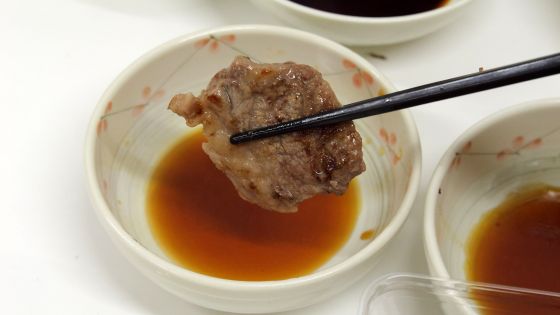
Thigh meat has less fat than ribs. This allows you to easily understand the taste of soy sauce. Editorial staff members commented, ``Tatsuno No Toki has just the right amount of salt. Domestic whole soybean Usukuchi has too much salt.'' Regardless of the actual salt content, it's just the impact of the salt when you eat it that gives you the impression that it's ``salty.''
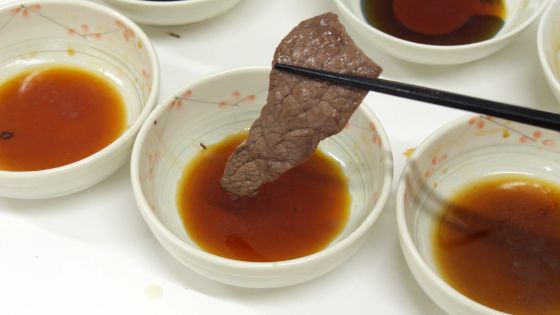
The fillet steak was served rare. Dipping it in soy sauce emphasizes the sweetness of the meat. Super Special Whole Soybean Usukuchi Ginshun Bojou has the lowest salt content of the three types of soy sauce according to the nutritional information, but for some reason when I ate it with steak, it felt like it had a lot of salt.

I will also try adding soy sauce to the roast beef.
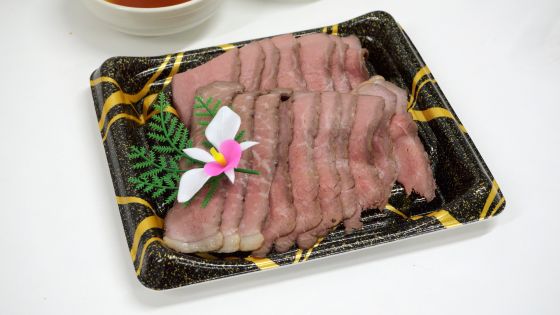
Roast beef was seasoned with salt and pepper from the beginning, and when I added soy sauce, it became a not-so-pleasant state where ``salt was added to a place that was already strong in taste.'' If you use oyster dashi soy sauce or kelp dashi soy sauce with half the salt, it will become sweeter and taste more like sukiyaki.
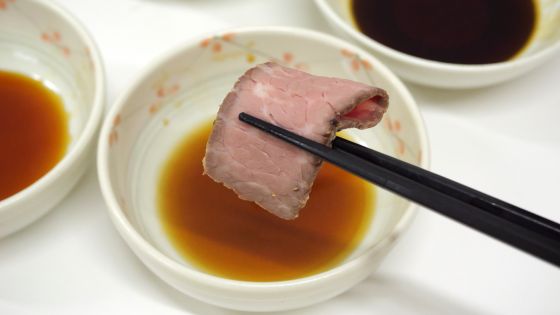
Finally, I will eat egg-cooked rice with soy sauce.

Mix well and then taste.
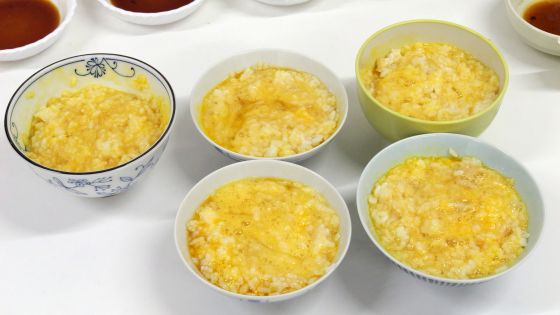
Egg-cooked rice has a very simple taste, so you can clearly see the difference in taste depending on the soy sauce. Tatsuno no Toki was unique in that it was not only salty but also had a strong umami flavor.
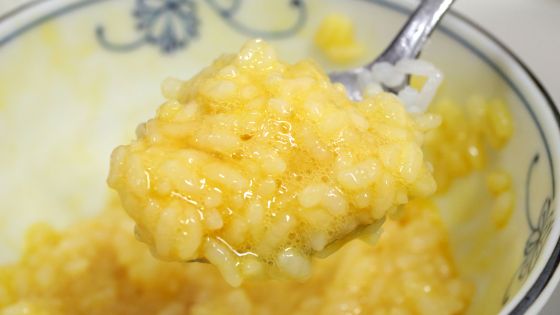
The four editorial staff members tried different combinations and looked at the taste, and we were able to understand the true meaning of the basic trend that it is said that ``Usukuchi soy sauce is light in color and high in salt.'' Ta. ``I can't believe the taste of soy sauce is so strong...'' and the editorial staff, who are generally used to sweet soy sauce from Kyushu, said ``It's too salty.'' On the other hand, an editorial staff member who regularly uses Koikuchi soy sauce said, ``It has a strong soy sauce scent,'' and another editorial staff member said, ``It tastes like soy sauce in just a little bit, so I don't like the nori of Koikuchi soy sauce.'' If you use it, it will get really salty. Some people say that it is suitable for cooking by adding dashi, etc., or that it would be good to apply it on the surface of grilled rice balls.Although opinions are quite divided, there is one thing in common. I found out that the amount used is very strict. If you use the Higashimaru soy sauce sold at supermarkets, you can add it little by little, but this time Tatsuno No Toki comes in a glass bottle, so it loses its luxurious feel, but it is better to use the same container as regular Higashimaru soy sauce. Looks good. However, you can feel that the taste is completely different from Koikuchi soy sauce. I feel that the idea that ``connoisseurs only add a little bit to taste,'' which often appears in creative cooking works, is common to all Higashimaru soy sauces, including Tatsuno No Toki. In any case, the regular Higashimaru soy sauce's usukuchi soy sauce series has a rather peaky structure, but this time's Tatsuno No Toki is characterized by being ``made to fit evenly.'' It doesn't lose when it goes head-on with ingredients that have a strong flavor or is full of fat, but it's not as strong as others say, and it brings out the ingredients well. However, if you use too much, the taste of soy sauce will quickly overwhelm everything, so you should taste it carefully to find the optimal amount, and the general consensus is that it's better to use it actively in a variety of dishes. As expected, this area is just making ``udon soup''.
That's why you can pre-order 'Tatsuno No Toki' from the page below, but reservations for 2024 are scheduled to start accepting orders from June 1st. In fact, when I made a reservation for 2023, I registered as a member on the official website and after placing my order, there was no notification that it had been shipped for a while, and I was wondering, 'Did my order go through...?' One day, suddenly... When it arrived, a transfer form for the price was included in the box.
Higashimaru soy sauce mail order / Tatsuno no Toki
https://shop.higashimaru.co.jp/products/list?category_id=22

◆Forum now open
A forum related to this article has been set up on the GIGAZINE official Discord server . Anyone can write freely, so please feel free to comment! If you do not have a Discord account, please create one by referring to the article explaining how to create an account!
• Discord | “Are you particular about soy sauce?” Which brand do you like? ' | GIGAZINE
https://discord.com/channels/1037961069903216680/1201465282779152455
Related Posts:
in Tasting, Posted by log1o_hf







